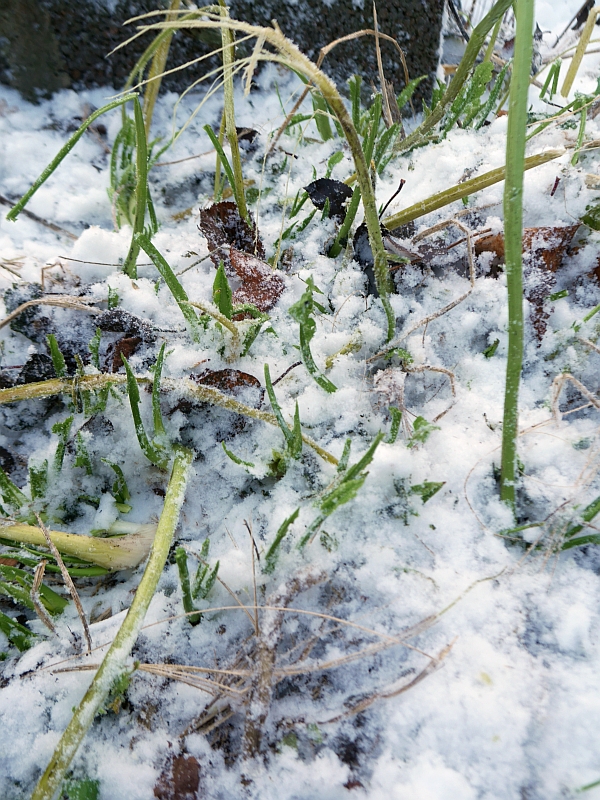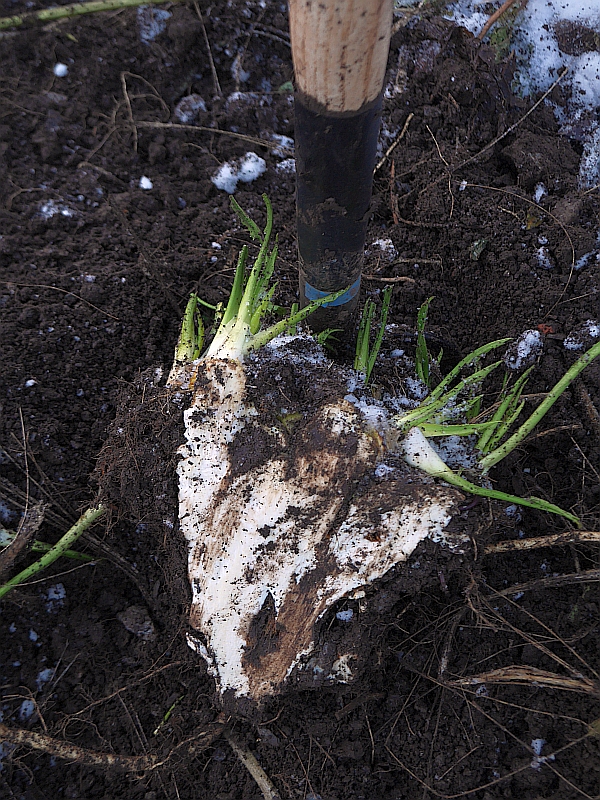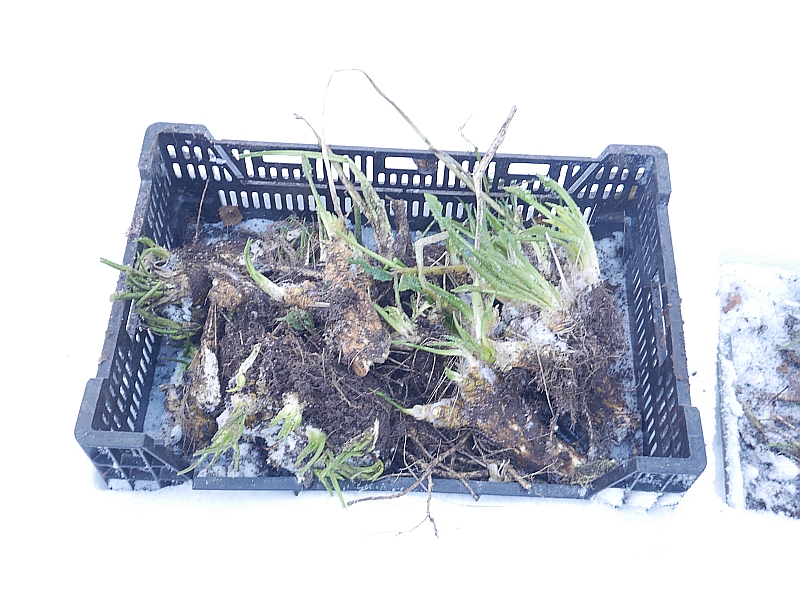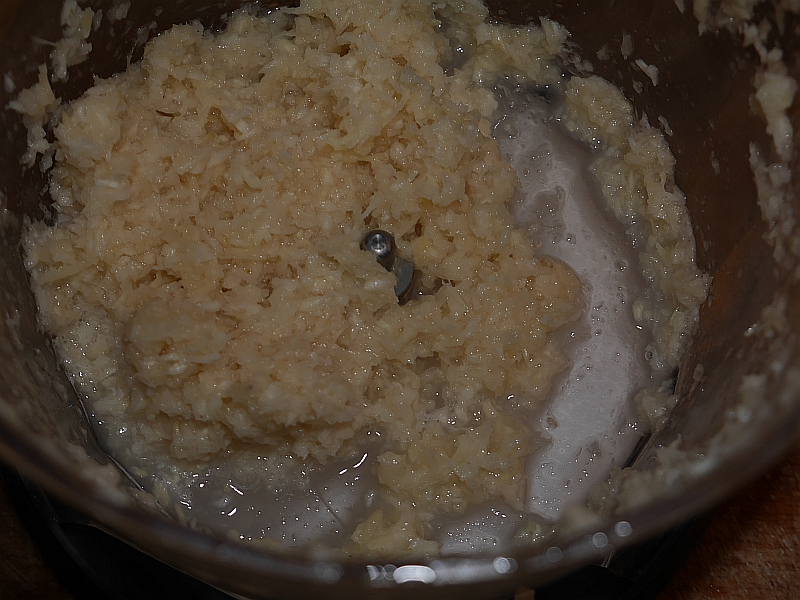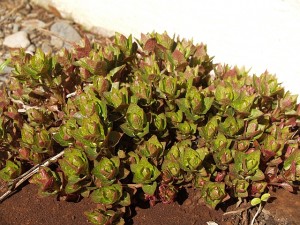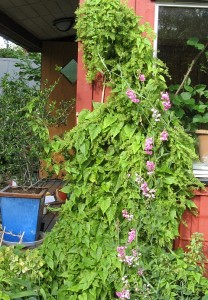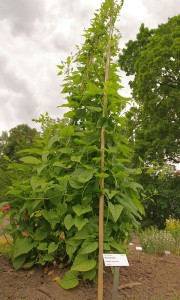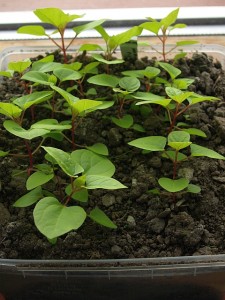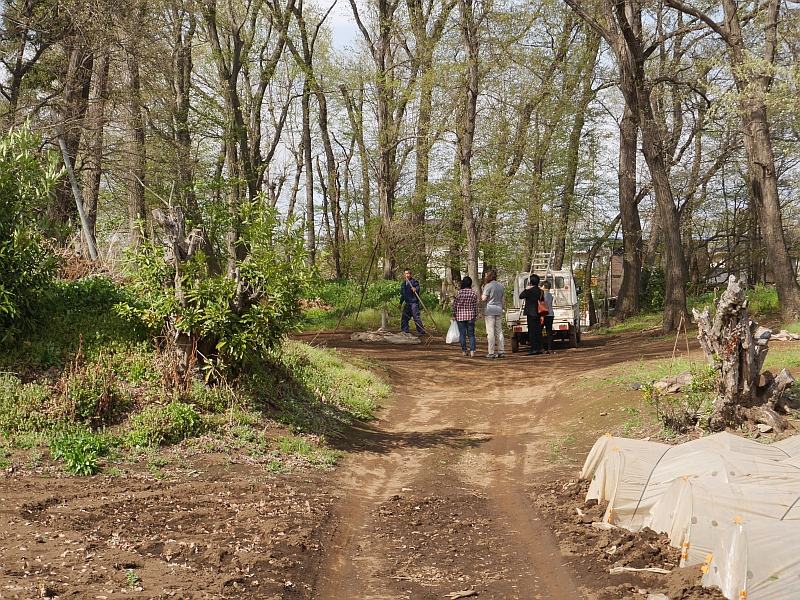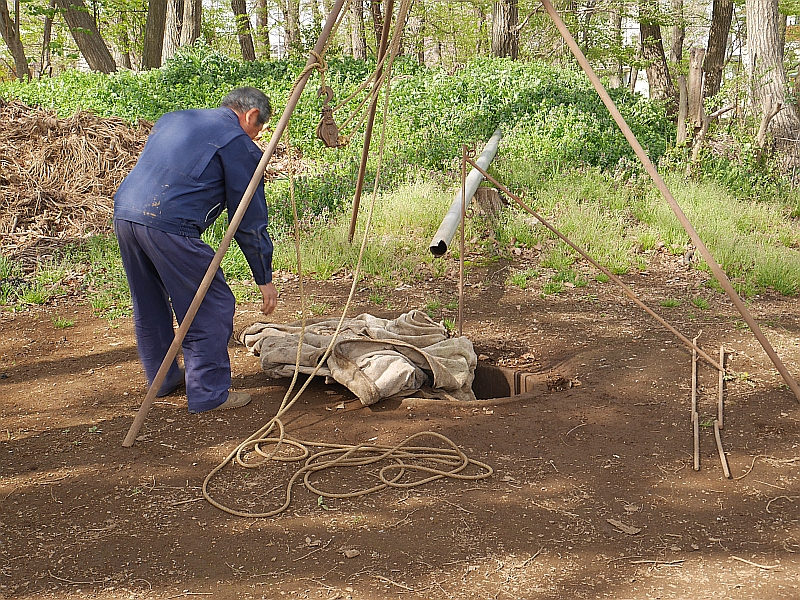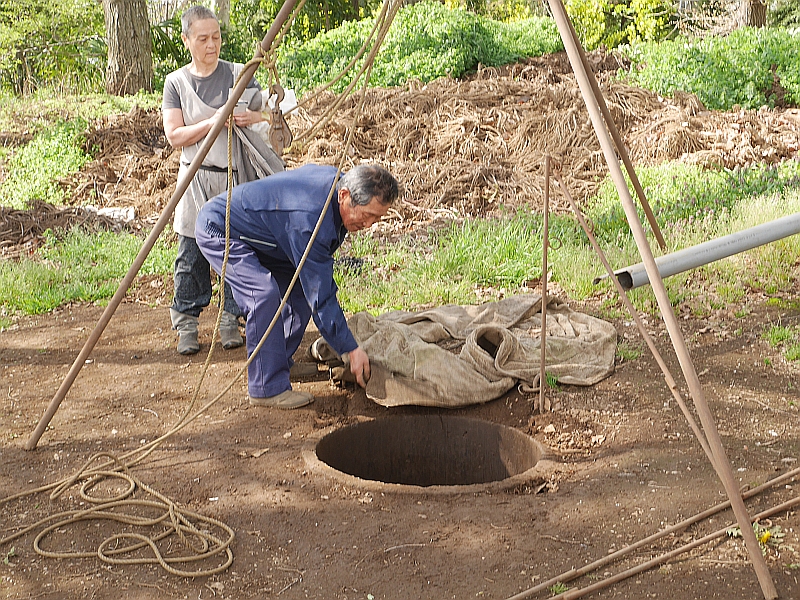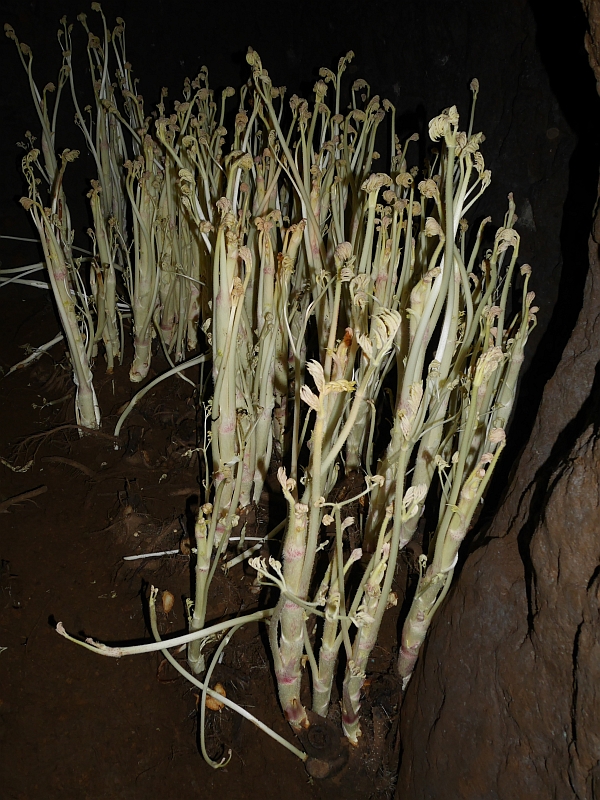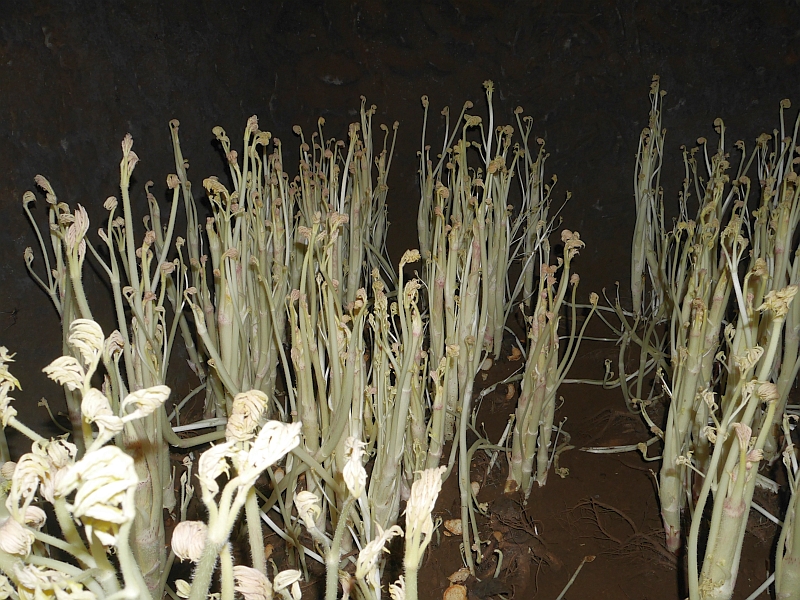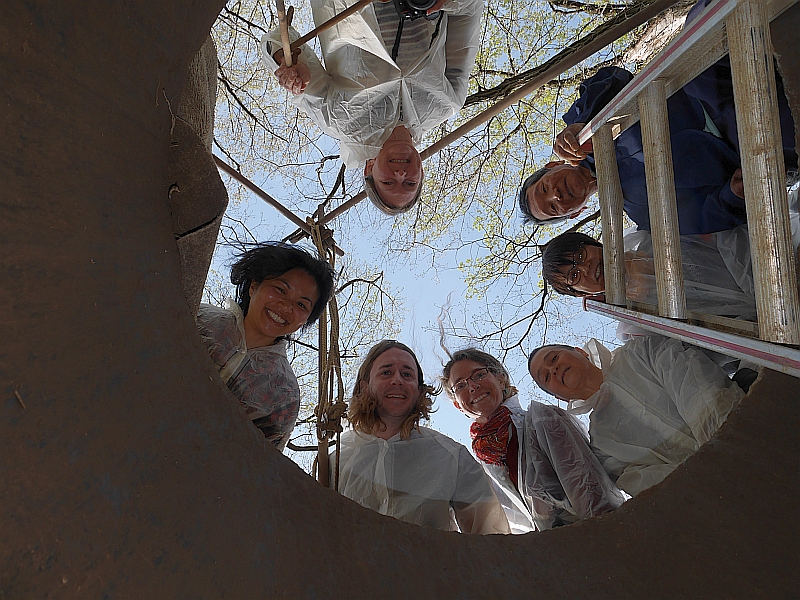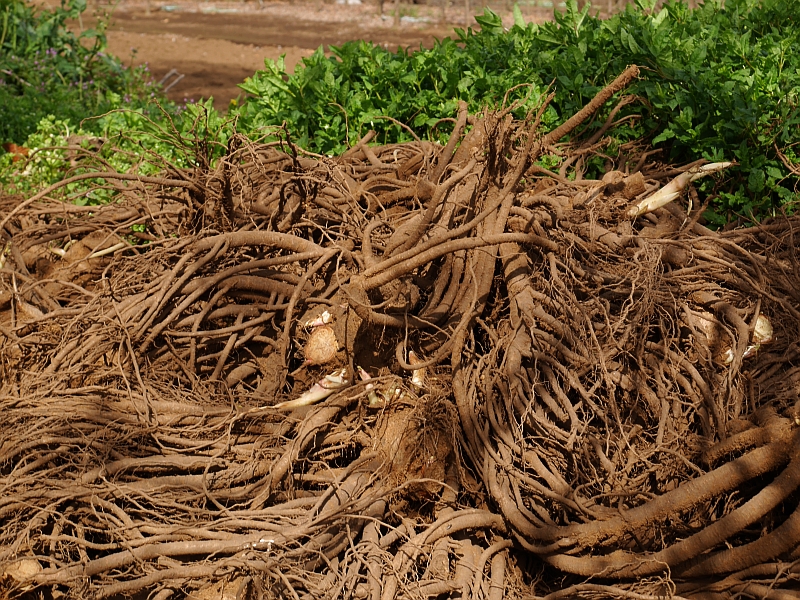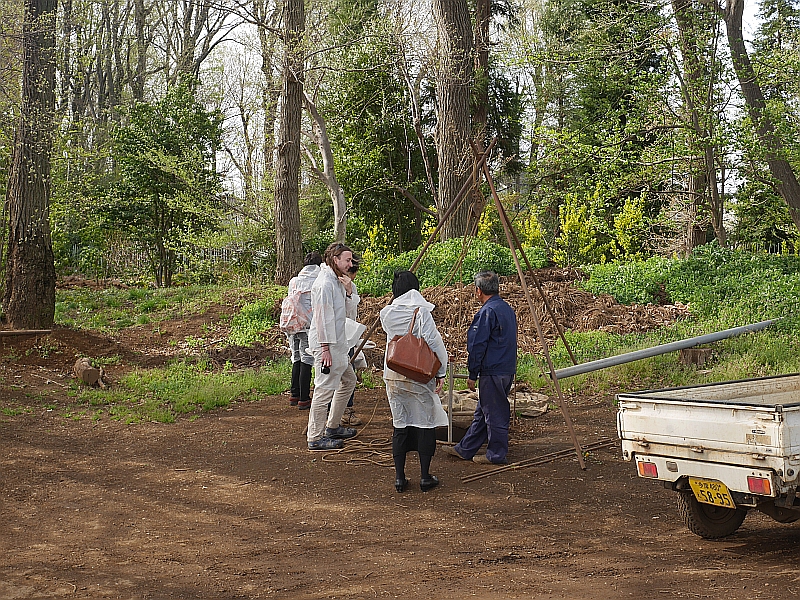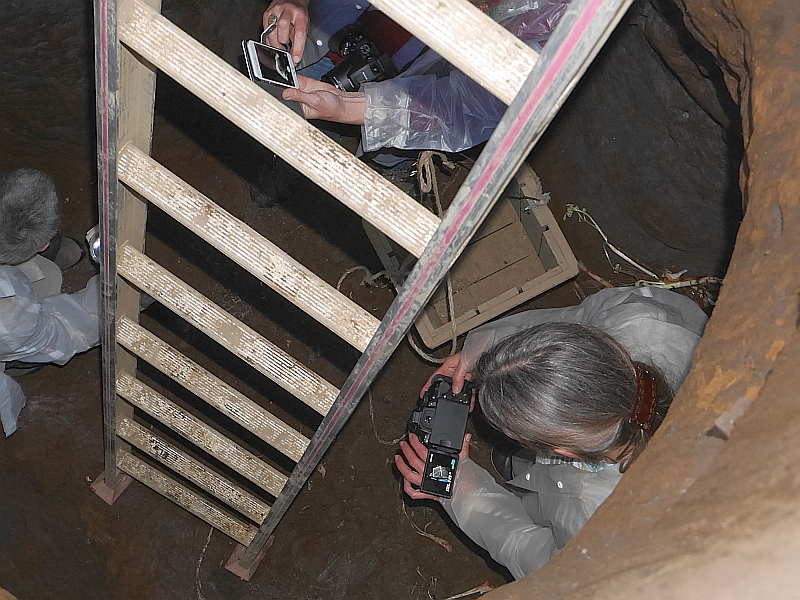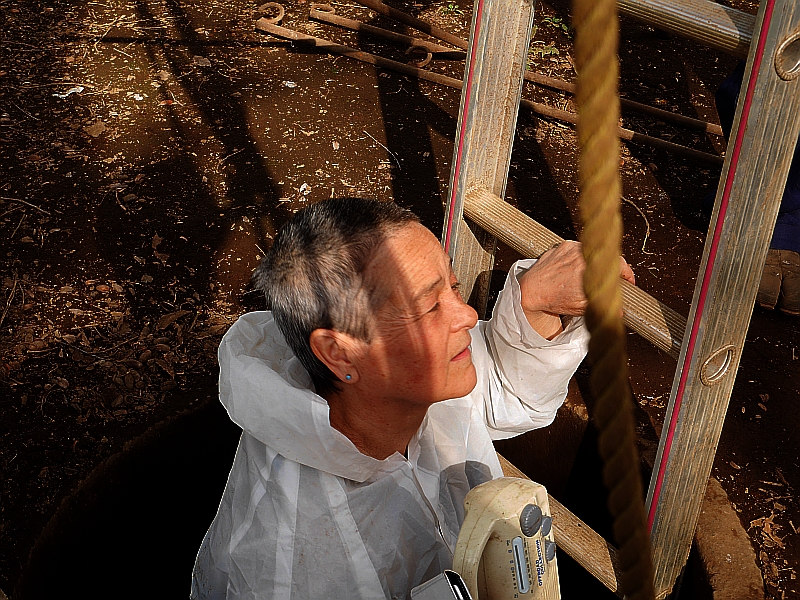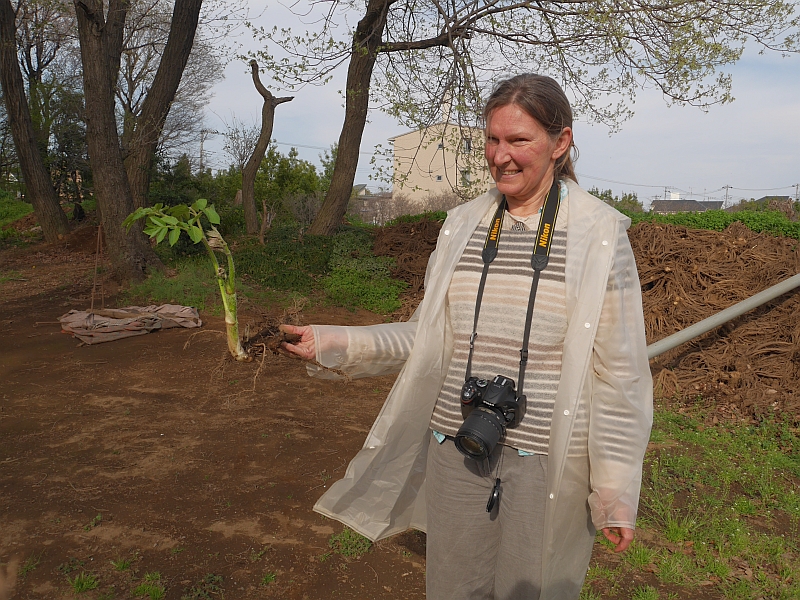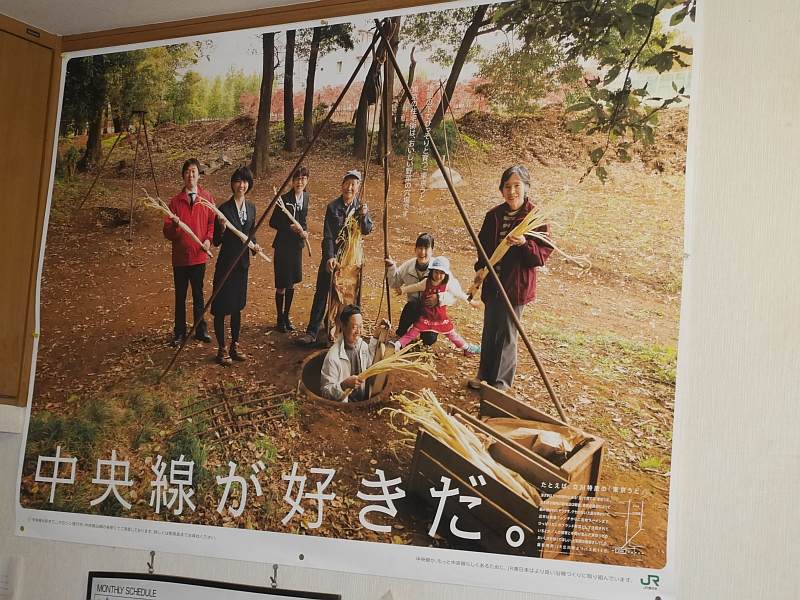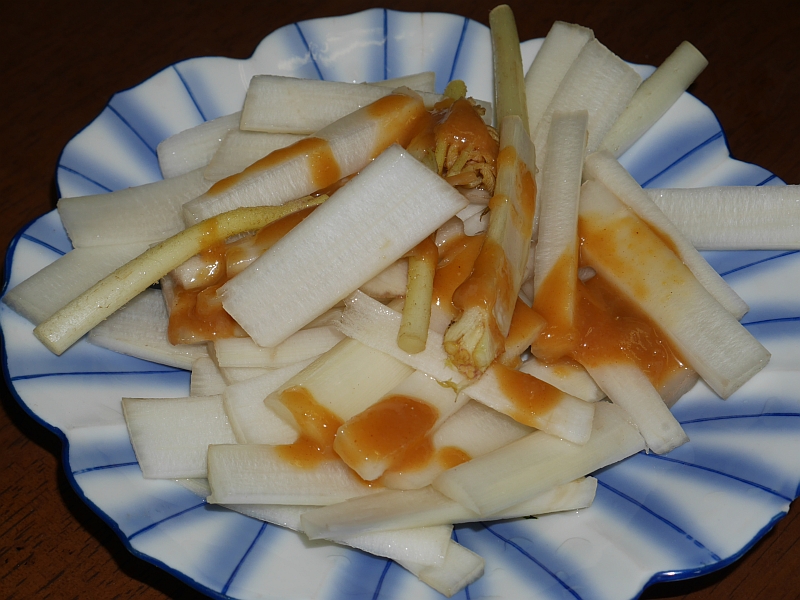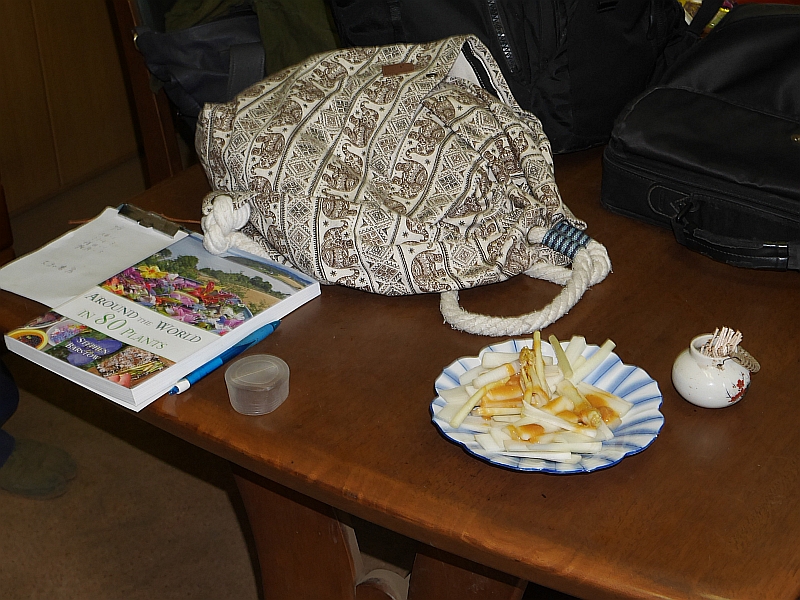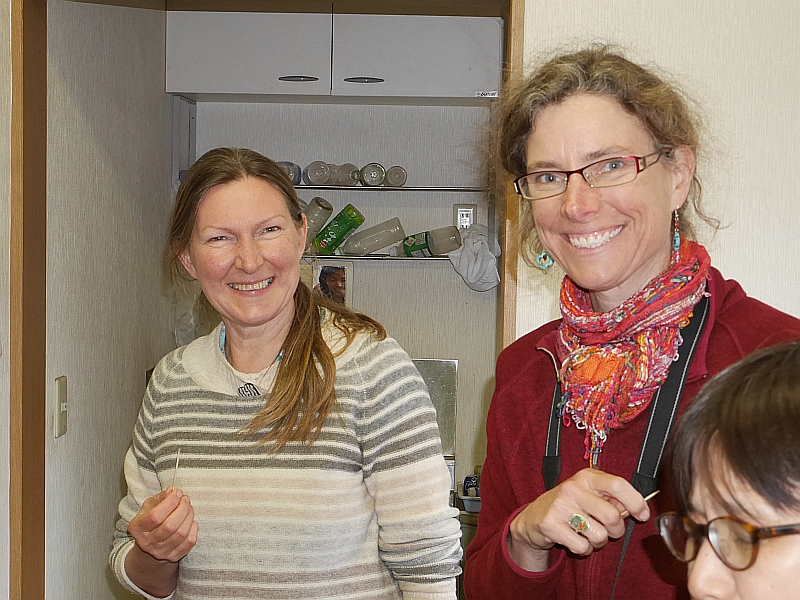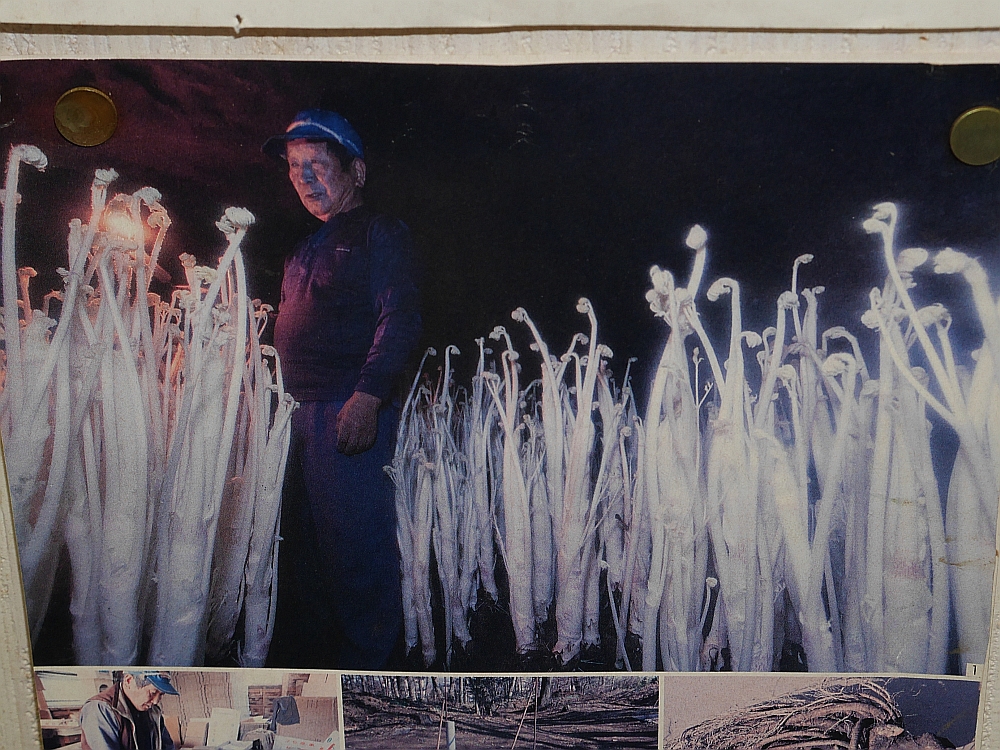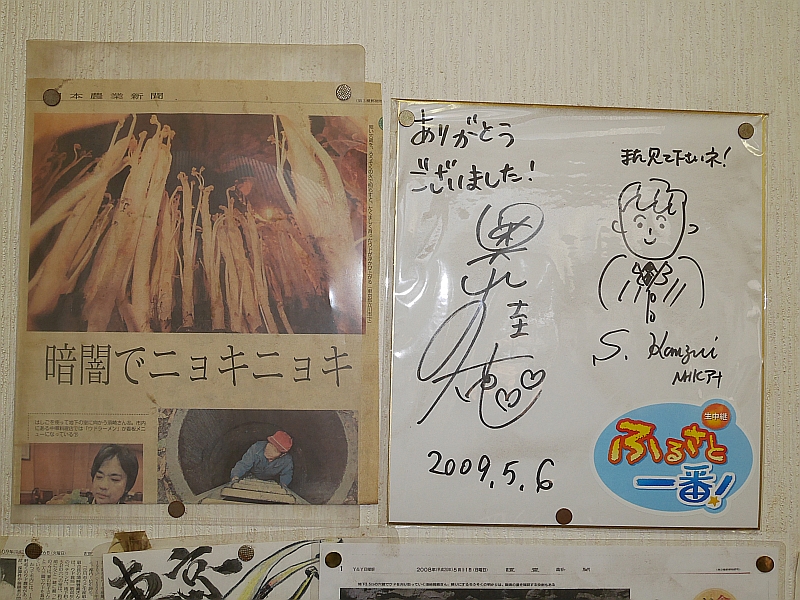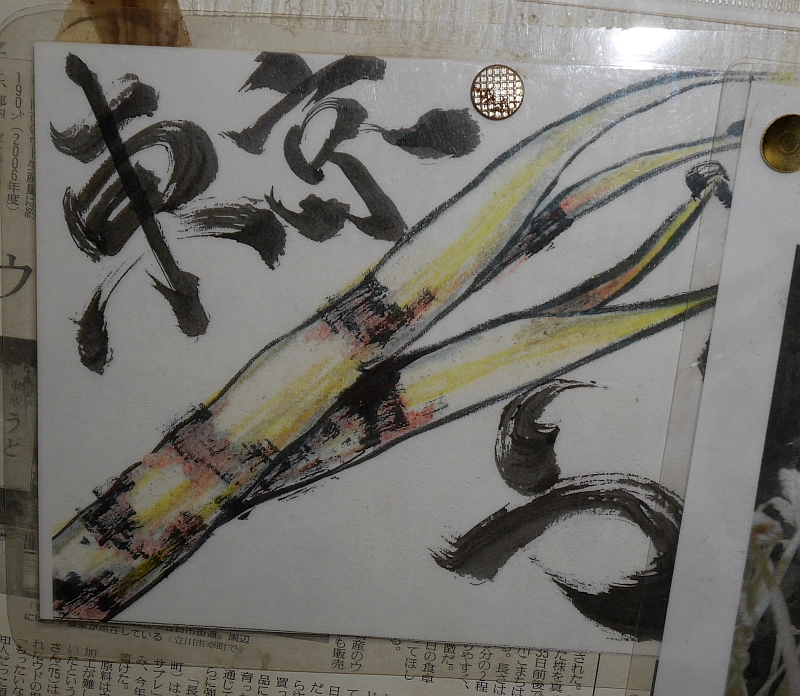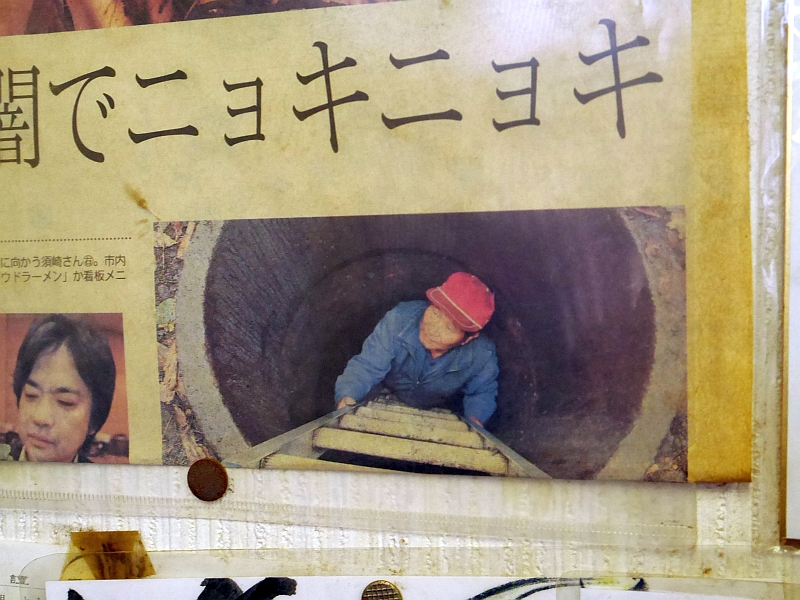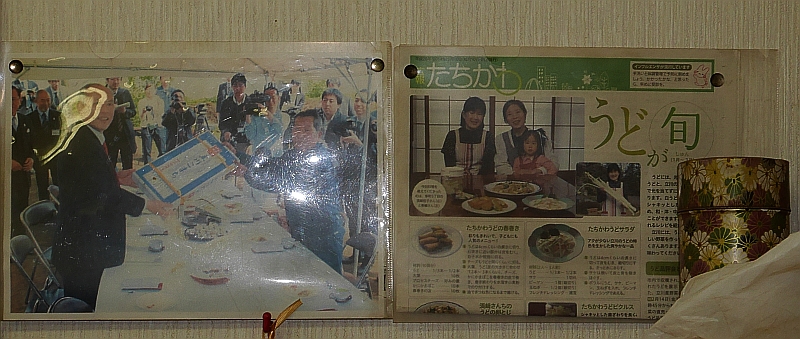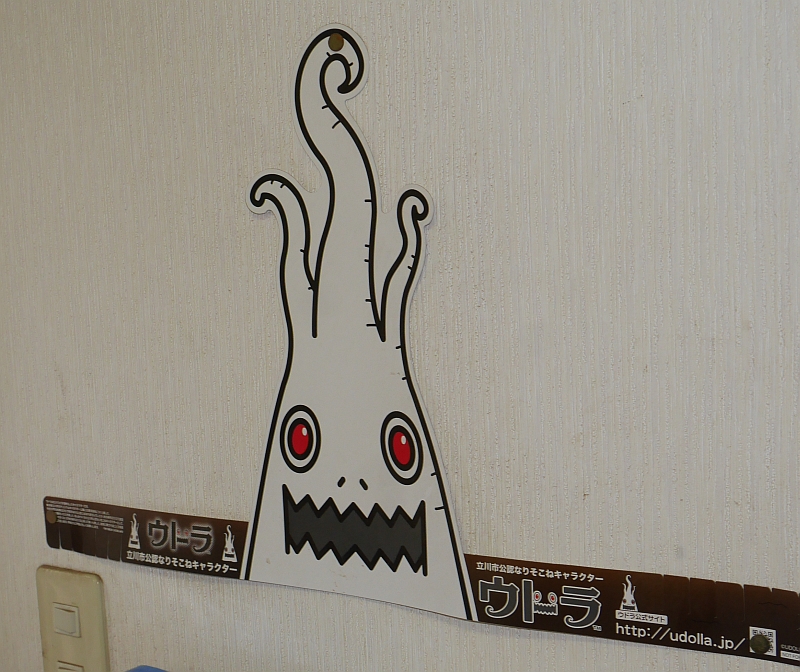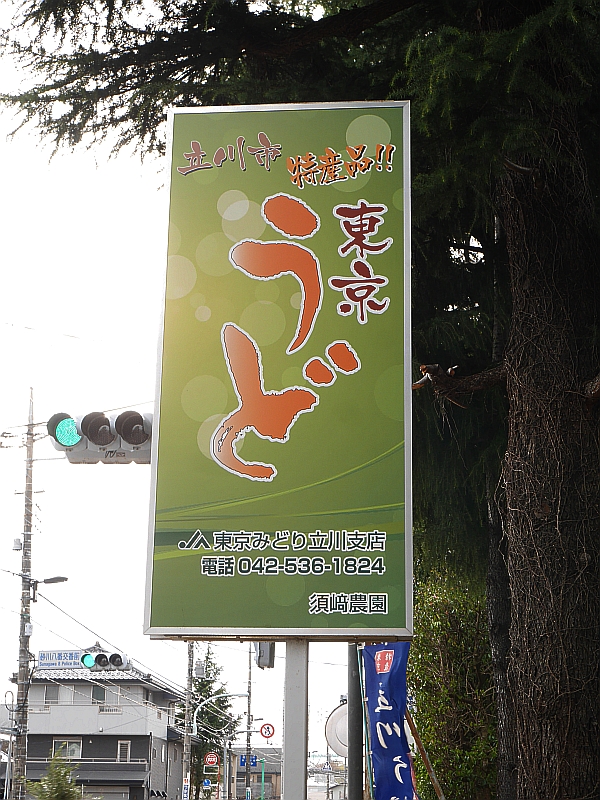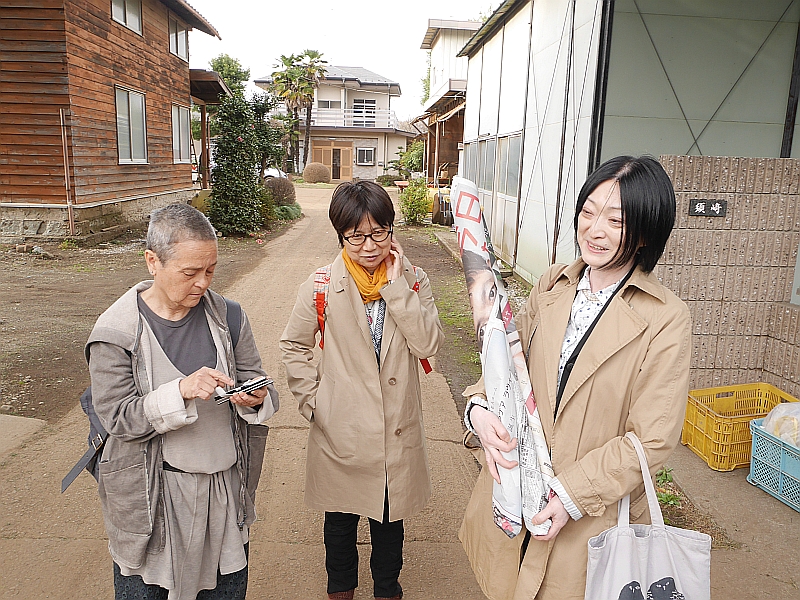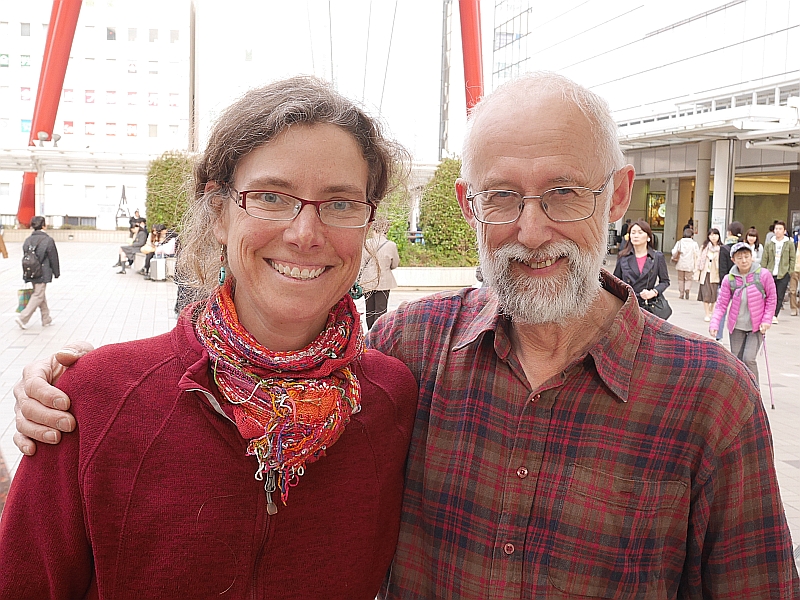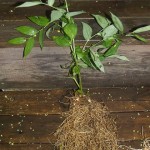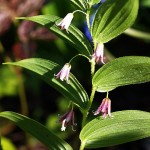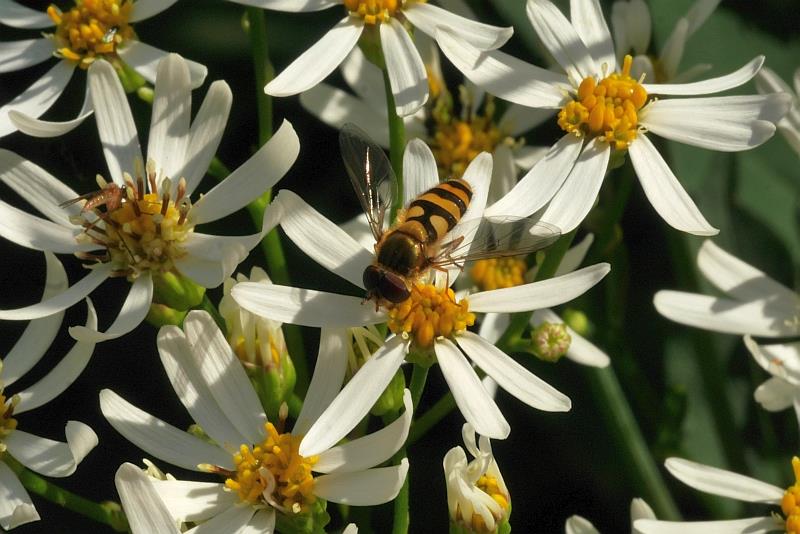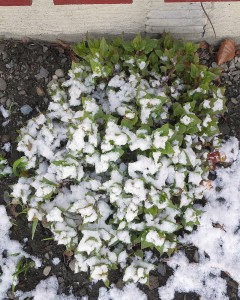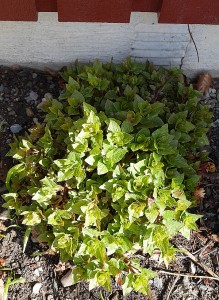“Pepperrot” is the Norwegian name, also known as common man’s wasabi, it’s horseradish, Armoracia rusticana, a multipurpose, perennial, high yield, very hardy vegetable used not only for the roots but also the spring shoots and delicious edible flowers….Here’s a few pictures of today’s cold harvest!
Category Archives: Perennial vegetable shoots
Nutritional analysis of Hablitzia
My article “Caucasian spinach: the unknown woodlander” was published by Permaculture Magazine 9 years ago in 2007 (see http://www.edimentals.com/blog/?page_id=1984 and also my book Around the World in 80 plants). In the meantime this vegetable has become a popular perennial vegetable and forest garden plant grown by thousands around the world, and is perhaps the first new vegetable to become popular thanks to social media and the permaculture movement! At last the results of a project to analyse the nutrient content of this plant have been announced on our Friends of Hablitzia FB group by Leena Nurmi who carried out the work for her masters thesis in Finland! And the news is very good, confirming that Hablitzia (Caucasian Spinach) is not only a fantastic productive perennial vegetable but also is superior to spinach and New Zealand spinach nutritionally and for those who worry about oxalic acid and nitrates, both are within accepted limits!!
Time for a celebration ![]()
She writes: “Hello Stephen and other Hablitzia friends! Greetings from Finland. I have done my master’s thesis about Hablitzia “Hablitzia tamnoides – a new but old leafy vegetable of early summer: cold stratification of seeds and nutritional value of leaves”. Now I am writing a scientific article about the nutritional value of Hablitzia. Caucasian spinach contains particularly plenty of carotenoids, folates, calcium, magnesium, phosphorus and zinc. Also many other nutritions were larger in Hablitzia than in spinach and New Zealand spianch. In my study the oxalic acid, nitrate, cadmium and lead contents did not outweigh the permissible threshold values. The seeds of Hablitzia need to be stratified either in a cold room or outside during winter in order to germinate. The highest germination rate was 52 %, recorded from the Tampere population stratified at +5 ºC in a cold room. The seeds of Tampere population were picked up in February and sown for stratification in the middle of March. In Finland Hablitzia grows even in Oulu, but wetness of soil kills the plant very easily.”
Udo farm visit in Tokyo
Here’s an album of my own pictures from our visit to Tokyo’s underground Udo forcing holes…
More about Udo (Aralia cordata) on my web site www.edimentals.com
Thanks again to Ken Minatoya-Yasuda for liaising with the agriculture industry Tourism Division in Tachikawa city!! We were the first Europeans to ask for this particular tour!! Thanks also to Tei Kobayashi for acting as interpreter and great to meet local gardening blogger Joan Lambert Bailey and friends on the day!! We all had a great day I think!!
Please help translating the text on some of the pictures!
Other Udo posts on this blog:
http://www.edimentals.com/blog/?p=8284 (Udo cavern video and Tei’s pictures)
http://www.edimentals.com/blog/?p=7499 (My “The Many Uses of Udo” Permaculture Magazine article and pictures taken by Naturplanteskolen who joined me on the trip!
Homegrown watermelon berries
Streptopus amplexifolius is a shade loving woodland plant known, amongst others, as twistedstalk, wild cucumber and watermelon berry and has an extensive wild range including North America, Europe and East Asia. It has been used traditionally by Native Americans for its edible spring cucumber flavoured shoots and the delicious berries are now in season and I’ve been dining on them recently! I’m saving the seed as I eat! Beware that they can be laxative in large quantities, but it’s unlikely you will be able to grow that many in your forest garden!
060916: Added pictures of Streptopus lanceolatus from Eastern North America and a comparison of the berries with amplexifolius!
On FB: https://www.facebook.com/media/set/?set=a.10154221765395860.1073742708.655215859&type=1&l=0866fc78cd
Korean Aster on Edimentals
Two years ago, I posted this picture of Aster scaber, commonly wild foraged in Korea and nowadays cultivated for markets in Korea and exported dried to Koreans in North America :)
The following is a collection of pages here giving more information on this great perennial vegetable, or read the account in my book Around the World in 80 plants :)
1. Aster scaber and introducing Misoni: http://www.edimentals.com/blog/?page_id=3103
2. Pakora hasn’t met this selection of vegetables before:http://www.edimentals.com/blog/?p=5250
3. The wild greens of Korea: http://www.edimentals.com/blog/?p=3635
4. Perennial vegetable tempura: http://www.edimentals.com/blog/?p=2382
5. My first Korean aster flower: http://www.edimentals.com/blog/?p=2008
6. Alexandra Berkutenko and the giant Edimentals of the Russian Far East:http://www.edimentals.com/blog/?p=208
Hablitzia in snow
Hablitzia and the few-flowered leeks
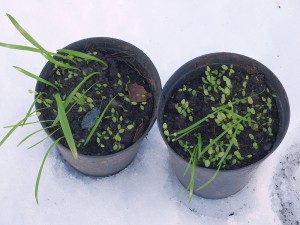
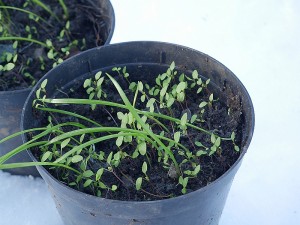
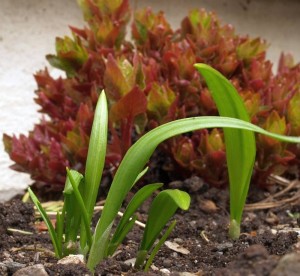
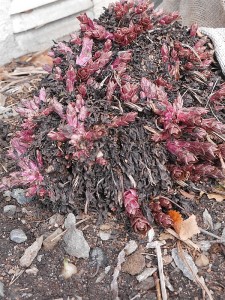
In December’s very mild weather there was mass germination of Hablitzia around my oldest plant next to the house. This has happened before, but none of the seedlings made it through the colder weather afterwards. Therefore, I dug them up and transplanted into pots and have had them in my cool but frost free porch ever since. They haven’t grown much, but it seems I dug up some bulbs of Allium paradoxum with them as they are growing away well, so I will be eating them in tonight’s salad!


